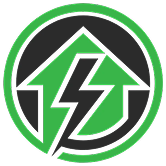Power Inverters
Build The Power brings to you our collection of power inverters which are essential devices that convert DC power from batteries into AC power that can run your household appliances, tools, and electronics. Whether you're camping, traveling in an RV, or dealing with a power outage, having a reliable power inverter can make all the difference.
Read more
How Power Inverters Work
Power inverters work by using a series of electronic switches, transformers, and filters to convert DC power into AC power. Here's a simplified overview of the process:
-
The DC power source, such as a battery, provides a steady flow of electricity to the inverter.
-
The inverter's electronic switches rapidly turn the DC power on and off, creating a square wave of alternating current.
-
Transformers step up the voltage of the alternating current to the desired level (e.g., 120V or 240V).
-
Filters smooth out the square wave, creating a sine wave that more closely resembles the AC power supplied by utility companies.
The resulting AC power can then be used to operate a wide range of devices, from laptops and smartphones to televisions and power tools. You can also shop solar panels product range from our store.
Key Components of a Power Inverter
A power inverter consists of several essential components that work together to convert DC power into AC power:
-
DC Input: This is where the DC power source, such as a battery, is connected to the inverter.
-
Electronic Switches: These rapidly turn the DC power on and off to create an alternating current. Common types of switches used in inverters include MOSFETs (metal-oxide-semiconductor field-effect transistors) and IGBTs (insulated-gate bipolar transistors).
-
Transformers: These components step up the voltage of the alternating current to the desired level, such as 120V or 240V.
-
Filters: Capacitors and inductors are used to smooth out the square wave generated by the electronic switches, creating a sine wave that mimics the AC power supplied by utility companies.
-
AC Output: This is where you plug in your AC-powered devices to receive power from the inverter.
-
Cooling System: High-powered inverters often include fans or heat sinks to dissipate the heat generated during the power conversion process, ensuring optimal performance and longevity.
By understanding how power inverters work and their key components, you can better appreciate the crucial role they play in providing reliable AC power in off-grid and mobile applications.
Types of Power Inverters
Power inverters come in two main types: modified sine wave and pure sine wave. Each type has its own advantages and is suited for different applications.
Modified Sine Wave Inverters
Modified sine wave inverters produce a stepped waveform that approximates a pure sine wave. They're less expensive than pure sine wave inverters and are suitable for powering most household appliances, such as:
-
Lights
-
Fans
-
TVs
-
Computers
However, they may not work well with sensitive electronic devices or those requiring precise voltage control, like:
-
Medical equipment
-
Audio systems
-
Laser printers
Modified sine wave inverters can also cause a humming noise in some audio devices and may reduce the efficiency of certain appliances, like motors and microwaves. We also have generators for sale at our store.
Pure Sine Wave Inverters
Pure sine wave inverters generate a smooth, sinusoidal waveform that closely mimics the AC power supplied by utility companies. They're more expensive than modified sine wave inverters but provide clean, stable power suitable for all electronic devices, including sensitive equipment.
Pure sine wave inverters are ideal for powering:
-
Computers and laptops
-
Audio and video equipment
-
Medical devices
-
Variable speed tools
They ensure that all devices operate at their optimal efficiency without any power quality issues. Pure sine wave inverters are essential for off-grid solar systems, RVs, and boats where reliable, high-quality power is crucial.
When choosing between modified and pure sine wave inverters, consider the devices you'll be powering and their sensitivity to power quality. While modified sine wave inverters are more affordable, investing in a pure sine wave inverter ensures compatibility with all your electronic devices and appliances.
Factors to Consider When Choosing a Power Inverter
When selecting a power inverter, there are several key factors to keep in mind to ensure you get the right device for your needs. Let's dive into the most crucial aspects to consider before making your purchase.
Power Output and Capacity
One of the primary factors to consider when choosing a power inverter is its power output and capacity. Inverters come in various wattage ratings, ranging from small 150-watt units to powerful 5000-watt models. To determine the appropriate size, I'll need to calculate the total wattage of the devices I plan to power simultaneously. It's essential to choose an inverter with a higher wattage rating than my total load to prevent overloading and ensure smooth operation. For example, if I want to run a 500-watt refrigerator and a 200-watt TV, I'll need an inverter with at least a 700-watt continuous output rating.
Efficiency and Energy Consumption
Another critical aspect to consider is the inverter's efficiency and energy consumption. High-quality inverters can convert DC to AC power with minimal energy loss, typically around 90% efficiency. However, some lower-end models may have lower efficiency ratings, resulting in higher energy consumption and potential battery drain. To maximize energy efficiency, I'll look for inverters with advanced features like automatic power-saving modes and low idle current draw. These features help conserve battery power when the inverter isn't actively powering devices, extending the overall runtime of my power source. Choose and purchase solar battery from our store today.
Safety Features and Protections
To ensure the longevity and safe operation of my inverter and connected devices, I'll prioritize models with built-in safety features and protections. Key safety features to look for include:
-
Overload protection: This feature shuts down the inverter when the connected load exceeds its maximum output rating, preventing damage to the inverter and devices.
-
Short circuit protection: In the event of a short circuit, this protection instantly cuts off power to prevent electrical fires and damage to the inverter.
-
Over-temperature protection: High-quality inverters have built-in temperature sensors that monitor the unit's internal temperature and shut down the inverter if it overheats, safeguarding against potential fire hazards.
-
Low battery voltage shutdown: This feature automatically turns off the inverter when the input battery voltage drops below a certain level, preventing deep discharge and protecting the battery from damage.
By choosing an inverter with these essential safety features, I can have peace of mind knowing that my devices and power source are well-protected against potential electrical hazards.
Common Applications of Power Inverters
Power inverters are versatile devices that find use in a wide range of settings, from vehicles to homes and outdoor environments. Let's explore some of the most common applications of power inverters.
Powering Electronics in Vehicles
One of the most popular uses for power inverters is in vehicles, such as cars, trucks, RVs, and boats. By connecting a power inverter to the vehicle's battery, I can easily charge and use my laptops, smartphones, tablets, and other electronic devices while on the go. This is especially handy during long road trips or when I need to work remotely from my vehicle.
Some specific examples of using power inverters in vehicles include:
-
Charging laptops and mobile devices during commutes or travel
-
Powering small appliances like electric coolers, coffee makers, or microwaves in RVs or campers
-
Running audio and video equipment for mobile entertainment systems
-
Operating power tools or equipment at job sites or remote locations
Backup Power Supply
Another important application of power inverters is as a backup power supply for homes or businesses during power outages or emergencies. By connecting a power inverter to a battery bank or generator, I can keep essential devices and appliances running even when the grid is down.
Here are some common uses for power inverters as backup power supplies:
-
Powering lights, fans, and small appliances during blackouts
-
Running medical equipment like CPAP machines or oxygen concentrators
-
Keeping computers and communication devices operational for remote work or emergency situations
-
Maintaining security systems, smoke detectors, and other critical safety devices
Outdoor and Off-Grid Power
Power inverters are also invaluable for outdoor and off-grid power needs, such as camping, tailgating, or remote work sites. By harnessing power from batteries or renewable sources like solar panels, I can enjoy the convenience of AC power even in locations without access to the grid.
-
Powering lights, fans, and small appliances at campsites or outdoor events
-
Running power tools and equipment for remote work projects or DIY tasks
-
Charging batteries for portable solar power systems or renewable energy setups
-
Operating communication devices, GPS units, or other electronics for outdoor adventures or emergency situations
Whether you're looking to power your devices on the go, prepare for emergencies, or meet your off-grid energy needs, a power inverter can be an invaluable tool. By having the above knowledge on hand, you are now safe to make your purchasing decision from Build The Power. If you need further assistance, we are more than happy to help.
FAQs
Q: What's the difference between string and microinverters?
Ans: String inverters connect multiple panels in a series, while microinverters attach to individual panels. String inverters are typically more cost-effective for larger systems, while microinverters offer better performance in shaded conditions and allow for easier system expansion.
Q: How do I choose the right size inverter for my solar system?
Ans: Inverter size should match your solar array's DC power output. For grid-tied systems, the inverter's AC power rating should be 10-20% lower than the solar array's DC power rating. Consult with a solar professional to ensure proper sizing.
Q: What maintenance do power inverters require?
Ans: Power inverters generally require minimal maintenance. Regular visual inspections, cleaning of vents, and monitoring system performance are recommended. Most issues can be detected through remote monitoring systems. Professional inspections every few years can ensure optimal performance.
Q: Can I use a power inverter for backup power during outages?
Ans: Standard grid-tied inverters shut off during power outages for safety reasons. For backup power, you'll need a battery-based inverter or a hybrid inverter with battery storage. These systems can provide power during grid outages, ensuring continuous electricity supply.
Q: What efficiency should I look for in a commercial power inverter?
Ans: Look for inverters with efficiency ratings of 95% or higher. Higher efficiency means more of the DC power from your solar panels is converted to usable AC power. This translates to better overall system performance and increased energy savings over time.
Filters
-
Power Generators
620 -
Inverters
120 -
Solar Panel
145 -
Batteries
274 -
Charge Controllers
170 -
Complete Solar Systems
118 -
Power Chair
0 -
Grills
1 -
Accessories
1186 -
Saunas
111 -
Fire Pits
959


Fronius
Fronius Primo 10kW Solar Inverter - Single Phase - 2 MPPT - 208/240VAC

Fronius
Fronius,4,240,034,Z, Accessory, Datamanager 2.0 Ethernet and Wlan Card For - Fronius IG Inverters

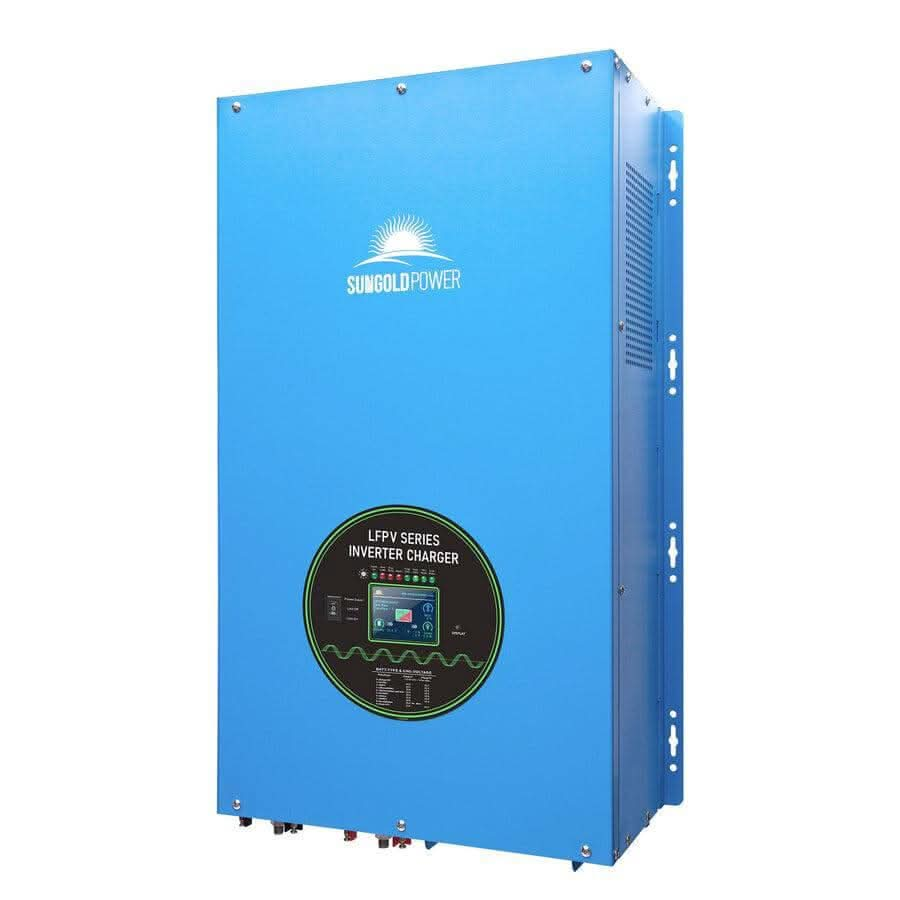
SunGoldPower
Sungold Power 18000W 48V Split Phase Pure Sine wave inverter charger

SunGoldPower
Sungold Power LCD Remote Control for LFP/LFPV Series Inverter

Fronius
Fronius Primo 3.8kW Solar Inverter - Single Phase - 2 MPPT - 208/240VAC

Fronius
Fronius Symo Advanced 20kW Solar Inverter - Three Phase - 2 MPPT - 480VAC

Fronius
Fronius Primo 11.4kW Solar Inverter - Single Phase 2 MPPT - 208/240VAC
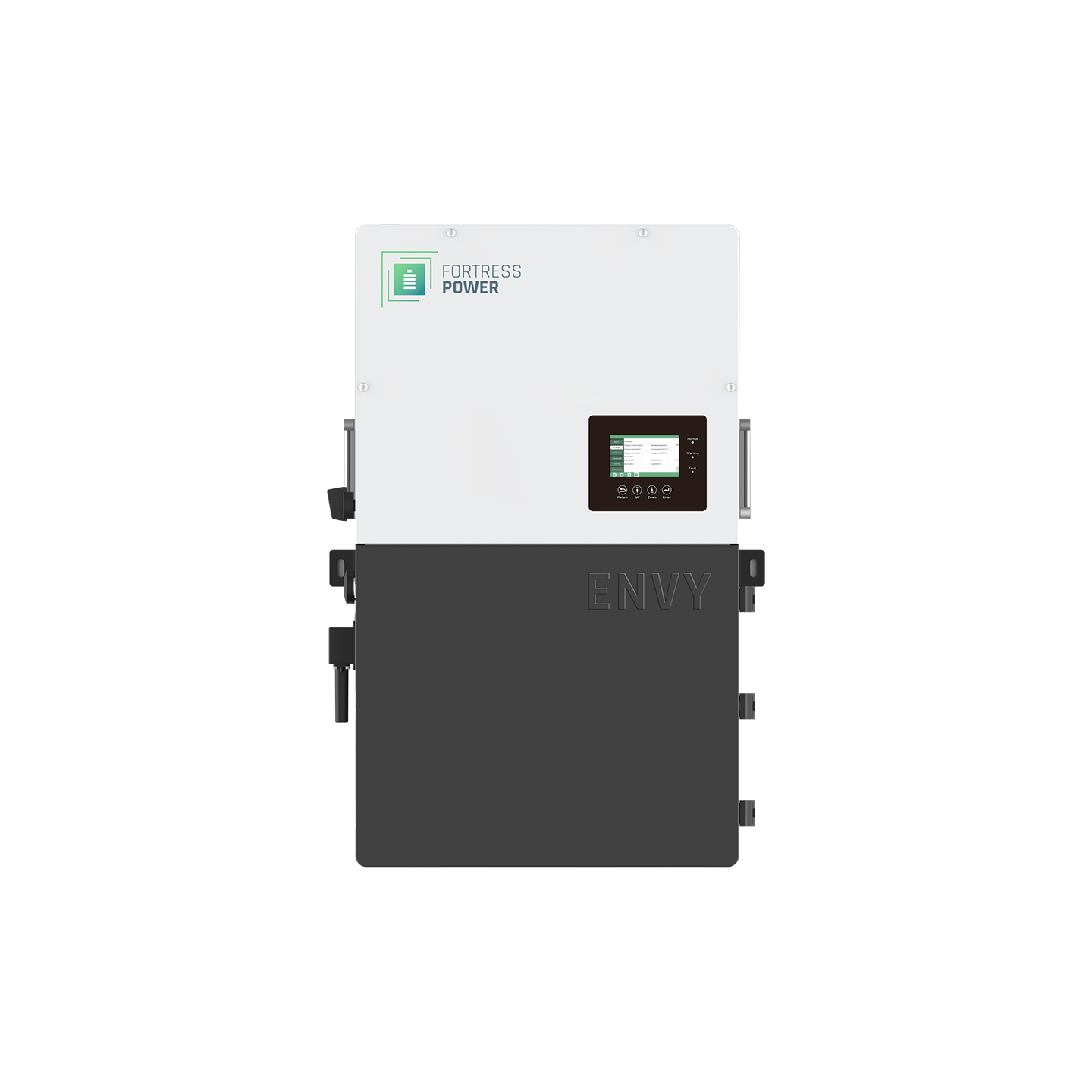
Fortress Power
Fortress Power Envy 12kW Whole Home Solar Storage Inverter
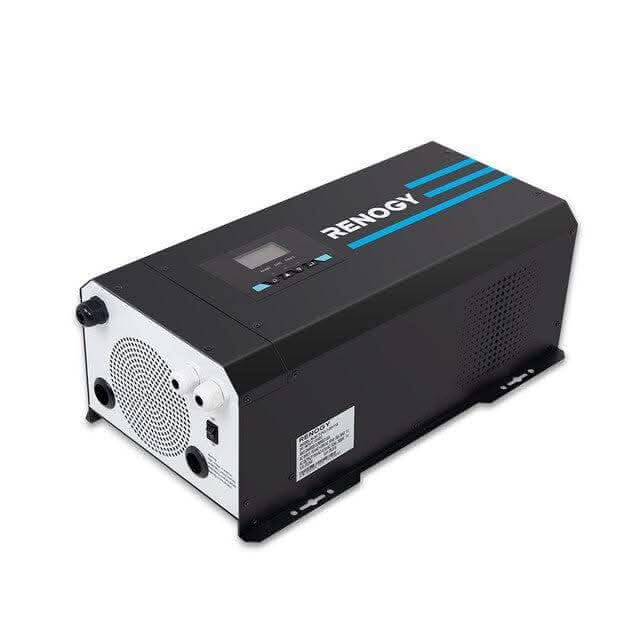

Fortress Power
Fortress Power Envy True 10 | 10kW Whole Home Solar Storage Inverter

Schneider Electric
Schneider Conext XW PRO 6.8KW 48VDC Inverter/Charger 120/240Vac




Renogy
Renogy PUH 12V 3000W/2000W/1000W Pure Sine Wave Inverter with UPS Transfer Switch and Built-in Bluetooth

SunGoldPower
SunGoldPower 12KW 48V All-in-one Hybrid Solar inverter | Whole Home Backup (200A)

RICH SOLAR
Rich Solar Inverter Remote Control with Smart LCD Display — Exclusive for Nova Pure Series

RICH SOLAR
Rich Solar NOVA 3K12 | 3000W 12V Pure Sine Wave Inverter with Built-in Transfer Switch | UL458 Certified for RVs, Campers, Trailers, Vans

RICH SOLAR
Rich Solar NOVA 2K12 | 2000W 12V Pure Sine Wave Inverter with Built-in Transfer Switch | UL458 Certified for RVs, Campers, Trailers, Vans

RICH SOLAR
Rich Solar NOVA 6548 | 6500 Watt (6.5kW) 48 Volt Off-Grid Hybrid Solar Inverter | Premium 6500W 48V Hybrid Inverter for Campers, Cabins, Tiny Homes, ADUs, RVs, Off-Grid | UL Certified

SunGoldPower
SunGoldPower 11.4kW 48V Split Phase Hybrid Solar Inverter | Whole Home Backup (200A)

Why Wait To Start Saving? Get Started With Build The Power Today.
- Save 20-50% by buying direct
- Browse and buy online – no sales meetings
- Real energy independence for your home
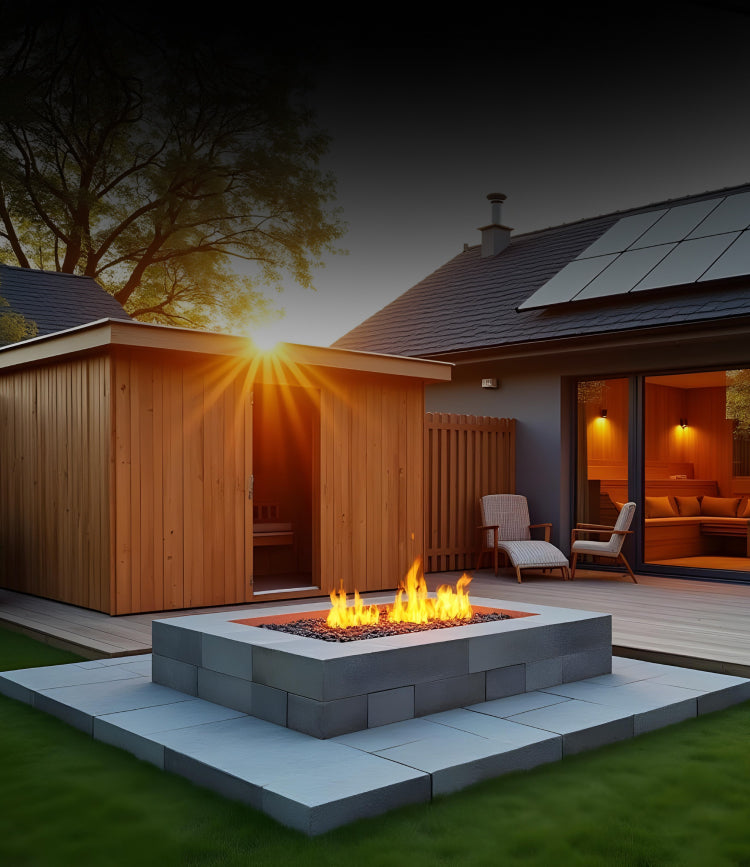
Top Solar and Generator Brands
Free U.S. Shipping
30-Day Returns
Expert Support Team

